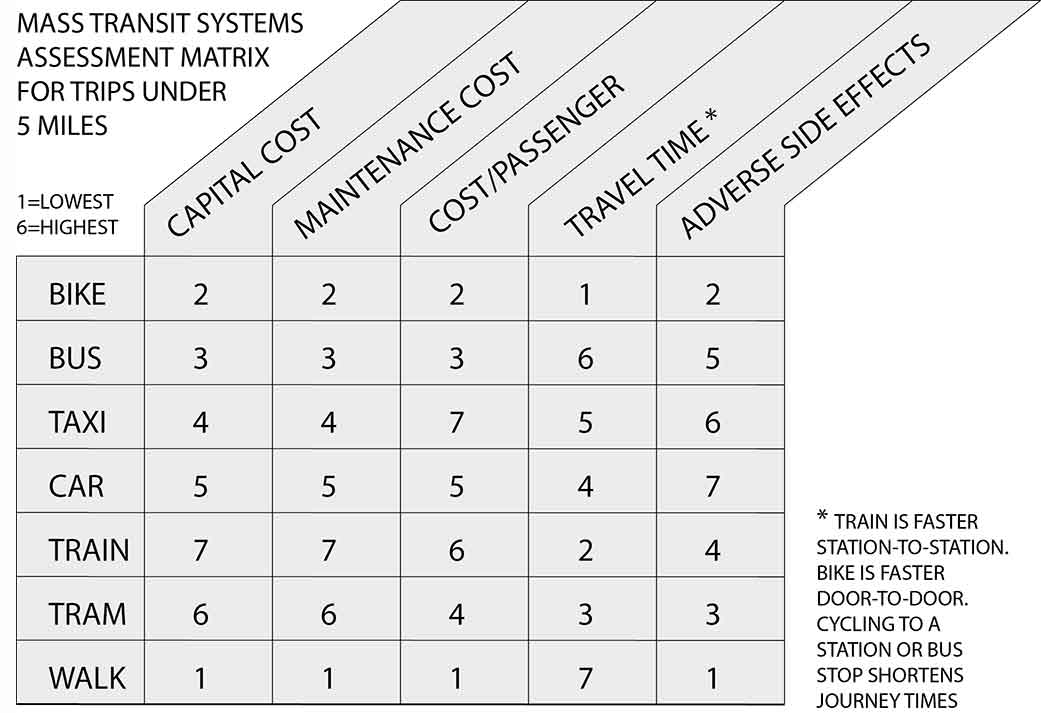Four step model for bicycle network infrastructure planning
Traditional four step models provide a rational framework for transport forecasting (see Wiki). The 4 steps are trip generation, trip distribution, mode choice and route assignment. It is a predictive model and was often used to ‘predict and provide‘ additional capacity for road transport. This gave the model a role in the creation of car-based cities. But it need not have been used in this way. Predictions can be used to make a case for investing in public transport systems including rail, bus, walking and cycle infrastructure networks. The names associated with this approach include Travel Management, Mode Share Planning and ‘predict and decide‘. Investment decisions should be guided by, but not decided by, Benefit Cost Analysis. Each transport mode has advantages and disadvantages, each functions best as a city-wide network – and each functions best when integrated with the other networks.

See also
16 Principles for Cycleway Network Planning
Sustainable Mass Rapid Transit by light rail, bus and bicycle: a comparison
Bicycle network planning and design : in Edinburgh, Cambridge and London
